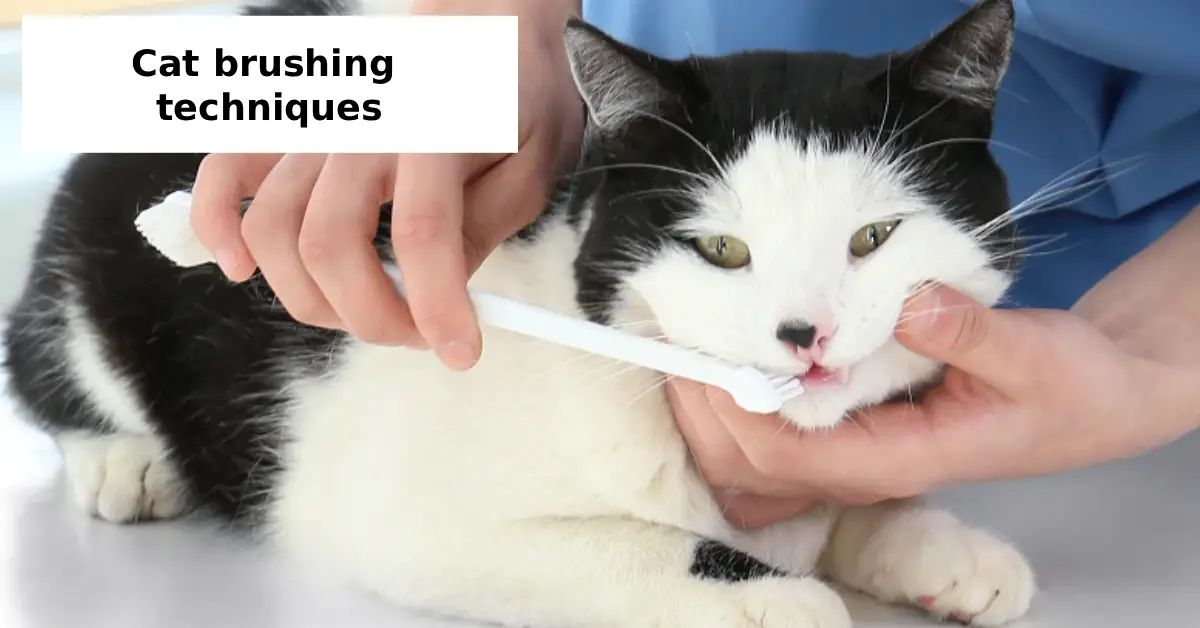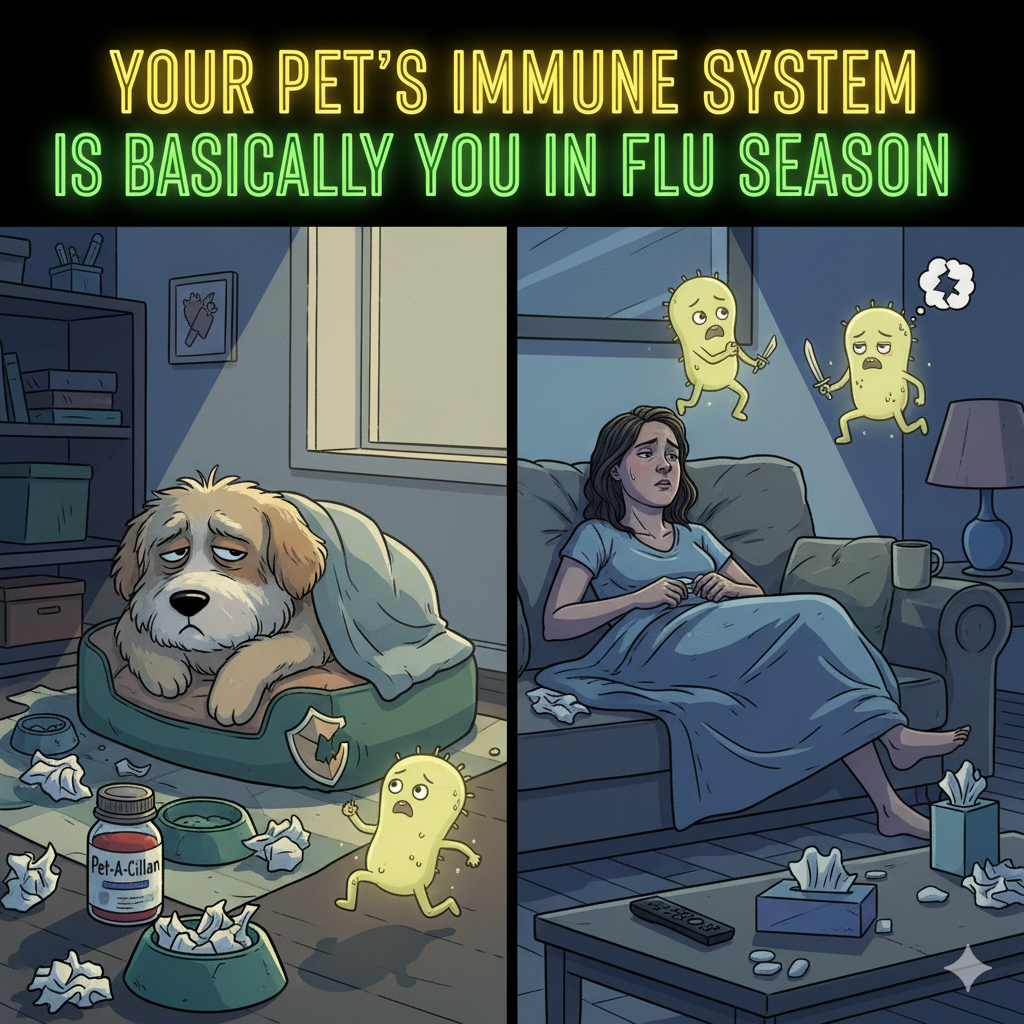Brushing your cat might seem like a simple task, but in reality, it’s an essential part of their grooming routine. Whether you own a fluffy long-haired Persian or a sleek short-haired domestic cat, cat brushing techniques can make all the difference in keeping your pet’s coat healthy, shiny, and free from tangles.
In this guide, you’ll discover not only the best cat brushing techniques but also how to make grooming a stress-free bonding experience for both you and your feline companion.
Why Cat Brushing Is Important
Regular brushing isn’t just about making your cat look pretty—it’s about health and comfort. It helps in:
- Removing loose fur and reducing shedding.
- Preventing painful mats and tangles.
- Stimulating skin oils for a shiny coat.
- Reducing hairballs caused by self-grooming.
- Allowing early detection of skin issues or parasites.
For cat owners who want to maintain their pet’s coat health, this is an important habit that pays off in the long run.
Choosing the Right Tools for Cat Brushing
Before diving into the techniques, selecting the best brushes for cats is crucial. The right brush depends on your cat’s fur length, type, and grooming tolerance.
- Slicker Brushes – Great for removing loose fur and preventing tangles, especially in long-haired cats.
- Bristle Brushes – Ideal for short-haired cats to keep the coat smooth and shiny.
- Deshedding Tools – Help in reducing cat shedding during seasonal changes.
- Wide-tooth Combs – Perfect for gently working through knots.
How to Brush a Cat Properly
Knowing how to brush a cat properly makes grooming comfortable and enjoyable. Follow these steps:
- Create a Calm Environment – Choose a quiet spot to avoid distractions.
- Let Your Cat Sniff the Brush – This builds trust and reduces fear.
- Start with Gentle Strokes – Begin at the head or back, where cats enjoy being touched.
- Follow the Hair Growth Direction – This prevents pulling and discomfort.
- Be Patient Around Sensitive Areas – Belly, legs, and tail require extra care.
For cat grooming for beginners, patience is your best friend.
Long-Haired Cat Grooming Tips
Long-haired cat grooming requires extra attention since tangles and mats form quickly. Brush daily to prevent knots, especially around the armpits, belly, and behind the ears. Use a combination of slicker brushes and combs for best results.
Owners of long-haired cat breeds like Maine Coons or Ragdolls will find this routine essential to maintain coat beauty and health.
Short-Haired Cat Grooming Tips
Short-haired cat grooming is less demanding but still necessary. Weekly brushing helps remove loose hair, keeps the coat glossy, and minimizes shedding. Bristle brushes work best for these breeds.
This is especially helpful for busy professionals seeking easy grooming routines—just 5–10 minutes a week makes a difference.
Reducing Cat Shedding with Brushing
Brushing is the easiest method for reducing cat shedding. During seasonal shedding periods (spring and fall), daily brushing can drastically cut down on loose fur around your home. Pair brushing with a healthy diet for the best results.
For pet lovers concerned about shedding and hairballs, this step is non-negotiable.
Brushing Cats Without Stress
Some cats resist grooming, especially if they’ve had negative experiences. Here are tips for brushing cats without stress:
- Start with short sessions—just a minute or two.
- Offer treats as rewards.
- Avoid forcing the brush near sensitive spots.
- Keep the mood positive and calm.
This is especially useful for families with children who help groom pets, as it teaches patience and gentle handling.
Home Cat Brushing Techniques for Bonding
Home cat grooming techniques can double as bonding time. Talk softly, maintain eye contact, and use gentle, rhythmic strokes. This turns grooming into a positive ritual rather than a chore.
For those interested in cat grooming at home, investing in good tools and learning proper strokes can transform the experience for both you and your pet.
Special Grooming Situations
1. Senior Cats
For senior citizens with companion cats or older felines, use soft brushes to avoid irritating sensitive skin.
2. Cats in Pet Shows
If you’re among people preparing their cats for pet shows or events, focus on coat shine, even trimming, and eliminating all mats.
3. Rescue Cats
For cat rescue or adoption volunteers, brushing is a way to help shy or stressed cats feel safe and loved.
Step-by-Step Brushing Routine
Here’s a sample daily routine using cat brushing techniques:
- Inspect the Coat – Look for mats, dirt, or skin irritations.
- Start at the Head – Gentle strokes following hair growth.
- Work Down the Back – Cover the spine, sides, and shoulders.
- Check the Belly and Legs – Use caution here.
- Finish with the Tail – Gentle combing to remove loose fur.
- Reward Your Cat – Treats or praise to end on a positive note.
Link Between Brushing and Health
Regular brushing can help spot skin issues, fleas, or ticks early. It also improves blood circulation, making it part of a complete cat fur care guide for overall wellness.
Pet care enthusiasts interested in home grooming often note that consistent brushing leads to fewer vet visits for skin-related problems.
Grooming for First-Time Cat Parents
First-time cat parents learning grooming basics should start slow and let the cat guide the pace. Begin with short, gentle brushing and gradually extend the duration as your cat gets used to the process.
Quick Grooming Hacks for Busy Owners
For busy professionals seeking easy grooming routines, here are time-saving tips:
- Keep a grooming kit handy.
- Brush while your cat is relaxed, like after a meal.
- Use grooming gloves for quick fur removal during play.
Maintaining Coat Health Between Brushing Sessions
To keep your cat’s coat in top condition:
- Feed a balanced diet rich in Omega-3 fatty acids.
- Keep your home free of dust and allergens.
- Schedule professional grooming if mats become unmanageable.
Conclusion: Happy Cat, Healthy Coat
Brushing isn’t just about beauty—it’s an act of care that strengthens the bond between you and your cat. By mastering cat brushing techniques, you can ensure your feline friend stays healthy, happy, and mat-free.
Whether you have a playful kitten, a relaxed senior, or a show-ready champion, the right grooming approach makes all the difference.
So, pick the right brush, be patient, and enjoy this special time with your furry friend—it’s one of the simplest ways to show love and care.






1 thought on “Cat Brushing Techniques: Keeping Your Feline Friend Happy”